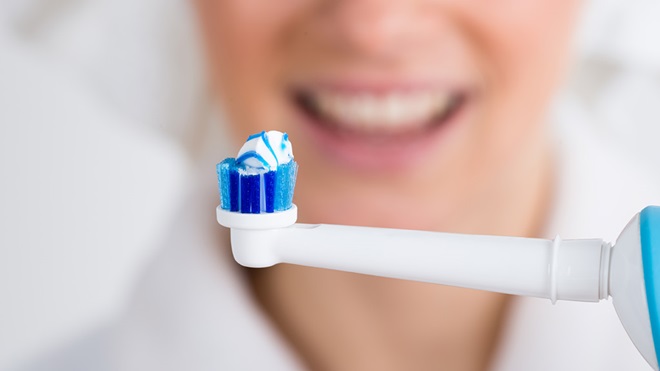While you can achieve a good clean with a manual toothbrush, an electric toothbrush can be a great alternative. Electric toothbrushes provide the cleaning action for you, so you only need to guide it along the surfaces of your teeth.
We put rotary and lateral toothbrushes through a series of technical tests and an ease of use trial. This is how we do it.
On this page:
How we choose what we test
With a range of products on the market, what makes us choose one electric toothbrush to test over another?
As with most of our product testing, our aim is to test the most popular models on the market and what you're most likely to see in the retailers.
We survey manufacturers to find out about their range of models, we check market sales information and we also check for any member requests to test specific models. From this information we put together a final list that goes to our buyers.
They then head out to the retailers and buy each product, just as a regular consumer would. We do this so we can be sure the products are the same as any consumer would find them, and not 'tweaked' in any way for better performance.
We also aim to test a range of rotary and lateral brush heads to cover all personal brushing preferences. That way you can use our results to find a model that truly suits your needs.
How we test electric toothbrushes
Our test looks at the following criteria.
Feel (volunteer trialists)
A panel of volunteers are given rotary or lateral toothbrushes, depending on what they're used to using at home. They use the brush for 30–60 seconds and answer the following questions:
- How does the toothbrush feel in hand? Consider weight, balance, vibration in hand etc.
- How well does the brush comfortably reach all necessary areas?
- How does the toothbrush feel against your teeth, gums and tongue while in use?
They also have the option to leave additional comments of note.
Ease of use (volunteer trialists)
We ask the trialists to rate how easy it is to remove and attach the heads, adjust modes and turn each brush on and off.
Ease of charging
We assess the charging method, clarity of charge notifications such as LED lights, and how easy it is to plug and unplug each toothbrush to charge.
Operating time in days
We fully charge each brush, then cycle through two minutes on, then two minutes off until either the battery runs flat or we reach 56 cycles. Two cycles represents one day of normal brushing, 56 cycles represents four weeks of normal brushing. So if a brush still has charge after our test, it has enough power to brush your teeth morning and night for four weeks straight without recharging.
Test criteria explained
The CHOICE Expert Rating, our overall score that determines which products we recommend, is made up of:
- ease of use (volunteer trialists) 45%
- feel (volunteer trialists) 45%
- ease of charging (10%).
We recommend electric toothbrushes with a CHOICE Expert Rating of 80% or more.
We're on your side
For more than 60 years, we've been making a difference for Australian consumers. In that time, we've never taken ads or sponsorship.
Instead we're funded by members who value expert reviews and independent product testing.
With no self-interest behind our advice, you don't just buy smarter, you get the answers that you need.
You know without hesitation what's safe for you and your family. And our recent sunscreens test showed just how important it is to keep business claims in check.
So you'll never be alone when something goes wrong or a business treats you unfairly.
Learn more about CHOICE membership today
Stock images: Getty, unless otherwise stated.




